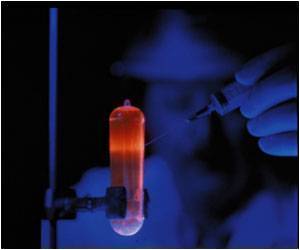It could transform public health officials’ ability to quickly detect and respond to the coronavirus, or the next pandemic.
“There is nothing available like it,” said researcher Josephine Esquivel-Upshaw from the University of Florida.
However, it is not yet approved by the US Food and Drug Administration.
First, researchers said, they have to ensure that test results are not thrown off by cross-contamination with other pathogens that might be found in the mouth and saliva. These include other coronaviruses, staph infections, the flu, pneumonia and 20 others. That work is ongoing.
If someone is infected, the coronavirus in the saliva binds with the antibodies and begins a dance of sorts as they are prodded by two electrical pulses processed by a special transistor. A higher concentration of coronavirus changes the electrical conductance of the sample. That, in turn, alters the voltage of the electrical pulses.
The voltage signal is amplified a million times and converted to a numerical value – in a sense, the sample’s electrochemical fingerprint. That value will indicate a positive or negative result, and the lower the value, the higher the viral load.
The device’s ability to quantify viral and antibody load makes it especially useful for clinical purposes, researchers said.
Source: IANS



